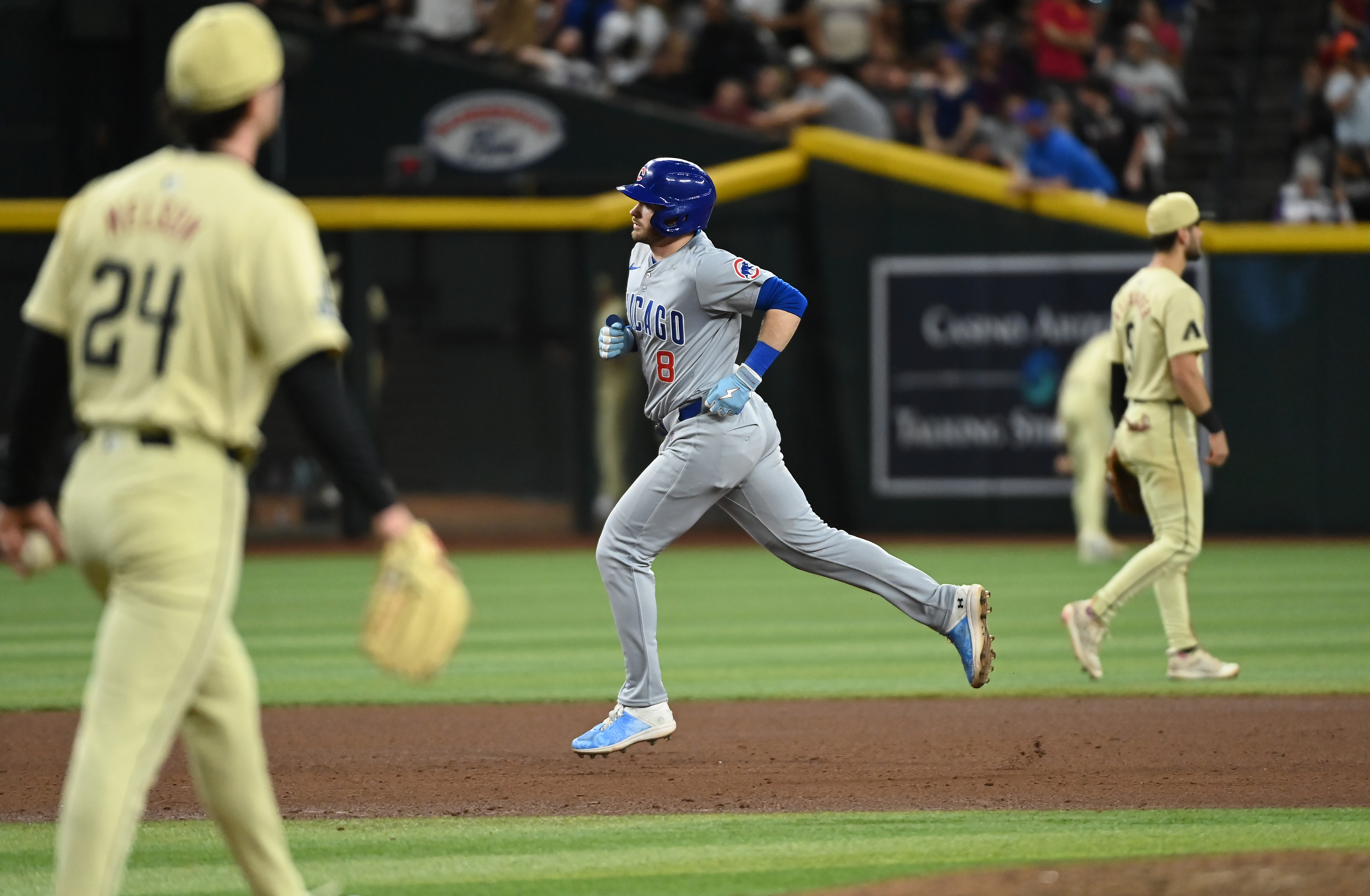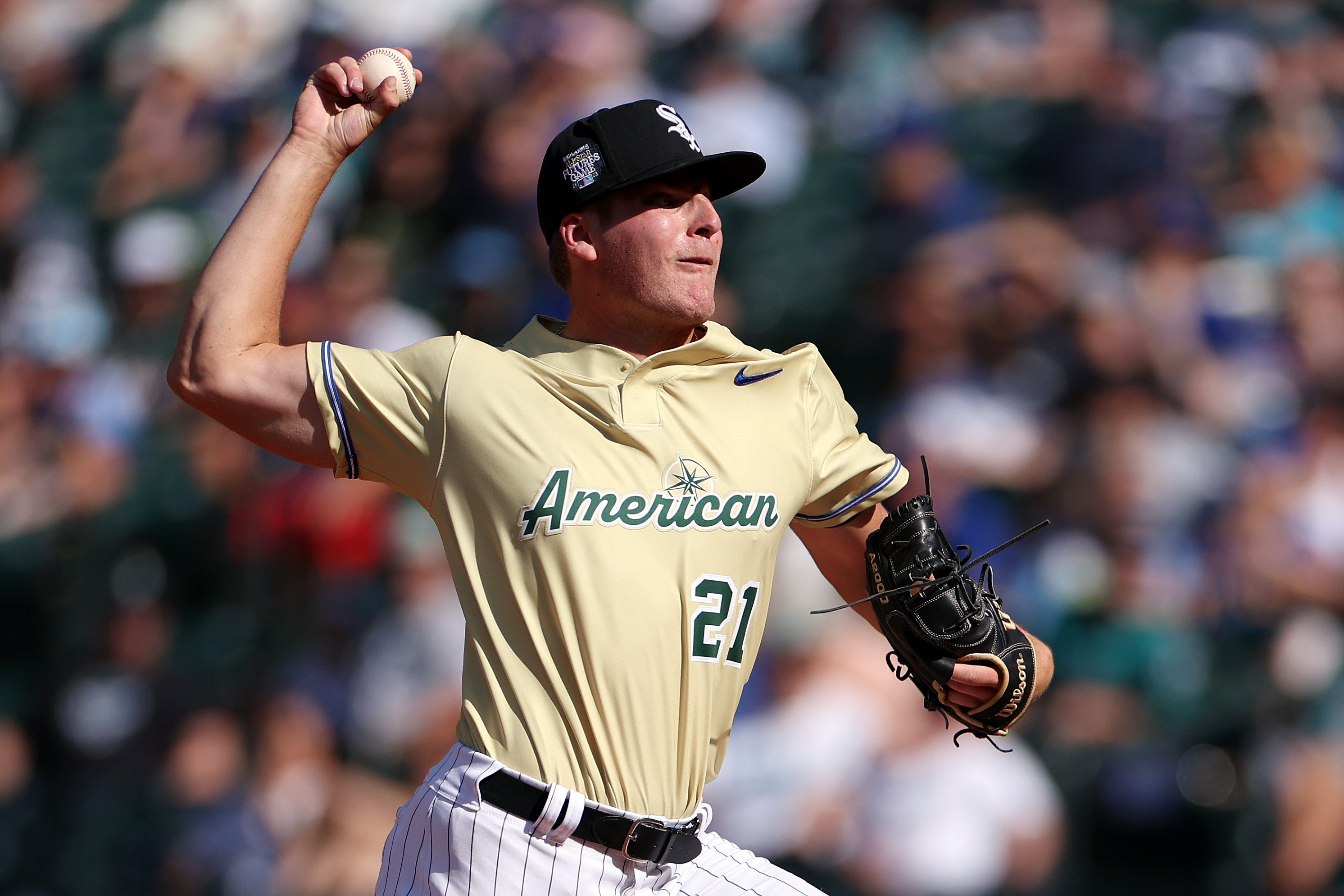CARLSBAD, Calif. – The Craig Kimbrel experiment didn’t work on the South Side this year.
Despite the closer’s openness to changing roles, and the White Sox’ vision of a formidable bullpen with his addition, a widely celebrated trade deadline move fell flat.
So, when the White Sox exercised Kimbrel’s $16 million option for next season, the move was less of a reflection of the fit and more of a steppingstone.
Stay in the game with the latest updates on your beloved Chicago sports teams! Sign up here for our All Access Daily newsletter.
“Thought process there,” general manager Rick Hahn said of the move, “is obviously we viewed him as a potentially impactful reliever as he’s been for the vast majority of his career, and we’re not alone in that opinion. So, what we have to figure out is whether it makes the most sense to have Craig in a White Sox uniform going forward, or is there a better use of that spot and him perhaps via trade.”
When the White Sox acquired Kimbrel a few months ago, sending second baseman Nick Madrigal and reliever Codi Heuer to the Cubs, the closer had an eye-catching 0.49 ERA and plenty of suitors. The White Sox, however, already had a closer in Liam Hendriks. So, Kimbrel slid primarily into a setup role.
The reason for Kimbrel’s subsequent struggles is still hard to pin down. Kimbrel pointed to mechanical slippage, as some of the issues that plagued him in 2020 came back into play. He dismissed the notion that his new role had anything to do with his 5.09 ERA with the White Sox.
During the American League Division Series, White Sox manager Tony La Russa gave a different assessment.
MLB
“It's a heck of a mental adjustment,” La Russa said. “I know he would never make any excuses. That's why I'm just giving my explanation of why -- how hard it is for him.”
Whether Kimbrel’s role or mechanical issues were the bigger factor, the fact remains that Kimbrel is a potential Hall of Fame closer on a team that has the ninth inning covered. A trade appears mutually beneficial. Asked if the White Sox run the risk of having to pay part of Kimbrel’s contract to get a deal done, Hahn said, “We’ll see.”
He continued: “These decisions don’t happen in a vacuum. We’ve had conversations with other clubs and have a sense of what is potentially available. That could change over the course of days or weeks. In any of these decisions there is risk involved. Based on all the factors, you make the best choice you can.”
If the White Sox don’t trade Kimbrel this offseason, they’ll have a different set of factors to consider.
“The question for us is, with Liam here and we proceed both of them, how do we get the best out of both of them?” Hahn said. “In the second year of that role, would it be more comfortable (for Kimbrel), for example. There are no clear-cut answers on Nov. 9. Those are all parts of the decision, the conversation.”
Click here to follow the White Sox Talk Podcast.


